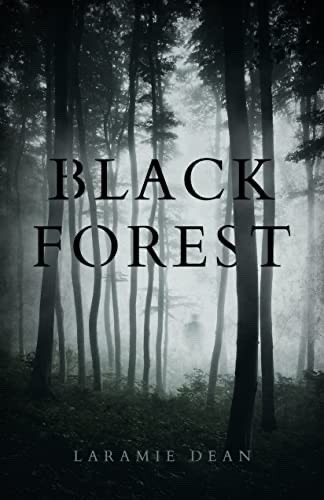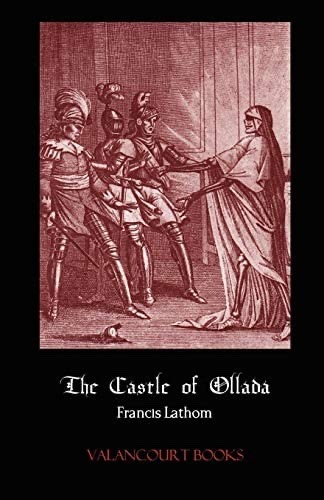#the gothic
Text



rebecca, daphne du maurier
the phantom of the opera, gaston leroux
wuthering heights, emily brontë
#web weaving#literature#intertextuality#parallels#wuthering heights#emily bronte#the phantom of the opera#gaston leroux#rebecca#daphne du maurier#parallel post#the gothic#gothic literature#classic literature
3K notes
·
View notes
Text
Monsters, as the displaced embodiment of tendencies that are repressed or, in Julia Kristeva’s sense of the term, ‘abjected’ within a specific culture not only establish the boundaries of the human, but may also challenge them. Hybrid forms that exceed and disrupt those systems of classification through which cultures organize experience, monsters problematize binary thinking and demand a rethinking of the boundaries and concepts of normality. Gothic texts repeatedly draw attention to the monster’s constructed nature, to the mechanisms of monster production, and reveal precisely how the other is constructed and positioned as both alien and inferior. In turn, this denaturalizes the human, showing the supposedly superior human to be, like the monster’s otherness, simply the product of an ongoing struggle in the discursive construction and reconstruction of power.
David Punter, Glennis Byron, from The Gothic
55 notes
·
View notes
Text
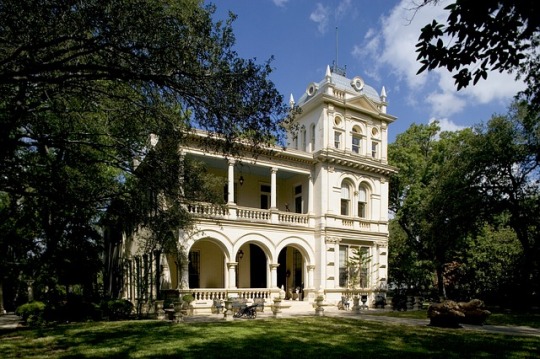



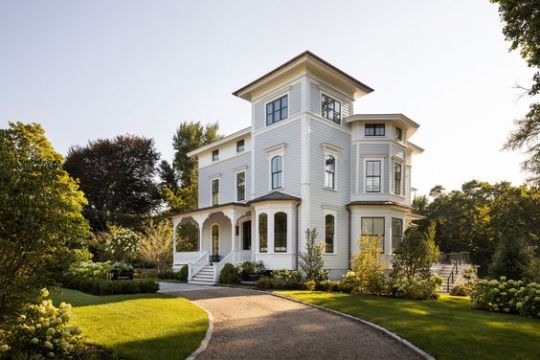
Italianate style, inspired by Italian Renaissance, was first developed in Britain in about 1802, and from the late 1840s to 1890 it achieved huge popularity in the United States.
Pictures ●●●●●
#mansion#picturesque#victorian mansion#victorian moodboard#victorian architecture#italianate victorian#italianate home for sale#conoscevamo damui#marlocandia.txt#the gothic#manor#Villa Finale#San Antonio#bidwell#chico california#winchester virginia#belvedere
8 notes
·
View notes
Text
Novel Syllabus 2024
This coming year I think I'm going to be on here more often than I am on twitter or elsewhere, and as part of that, I'm going to start documenting the process of writing my novel more actively. I want to return to/resurrect the momentum and energy I had while writing the first draft and be more intentional about setting aside time to work, even when it's difficult. Below are my writing goals for the coming year as well as my reading list of texts for inspiration, genre/background research, comps, etc. Would welcome any suggestions of texts (any genre/discipline) pertaining to Antigone, death & resurrection, Welsh and Cornish myth and folklore, ecology & environmental crisis, and the Gothic.
Writing Goals
Reach 50k words in draft 2 overall
Finish a draft of Anna's timeline
Finish a draft of Jo's timeline
Polish & submit an excerpt for the Center for Fiction Prize
Reading
* = reread
Sci-Fi, Fantasy, & The Apocalyptic
The Memory Theater (Karin Tidbeck)
Who Fears Death (Nnedi Okorafor)
Urth of The New Sun (Gene Wolfe)
Slow River (Nicola Griffith)
Dream Snake (Vonda McIntyre)
Black Leopard, Red Wolf (Marlon James)
Notes from the Burning Age (Claire North)
Invisible Cities (Italo Calvino)*
Frankenstein (Mary Shelley)*
The Last Man (Mary Shelley)
The Drowned World (J.G. Ballard)
Strange Beasts of China (Yan Ge, trans. by Jeremy Tiang)
City of Saints and Madmen (Jeff VanderMeer)
Freshwater (Akweke Emezi)
The Glass Hotel (Emily St. John Mandel)
Pattern Master (Octavia Butler)
Sleep Donation (Karen Russell)
How High We Go in the Dark (Sequoia Nagamatsu)
The Magician's Nephew (C.S. Lewis)*
The Golden Compass (Phillip Pullman)*
The Green Witch (Susan Cooper)
The Tombs of Atuan (Ursula K. Le Guin)
Black Sun (Rebecca Roanhorse)
Gideon the Ninth (Tamsyn Muir)
Lives of the Monster Dogs (Kirsten Bakis)
Brian Evenson
Sofia Samatar
Connie Willis
Samuel Delaney
Jo Walton
Tanith Lee
Retellings
A Wild Swan (Michael Cunningham)
Til We Have Faces (C.S. Lewis)
Gingerbread (Helen Oyeyemi)
Circe (Madeline Miller)
The Owl Service (Alan Garner)
Literary Myth-Making, Mystery, and the Gothic
Nights at the Circus (Angela Carter)
Frenchman's Creek (Daphne Du Maurier)
Possession (A.S. Byatt)*
The Game (A.S. Byatt)*
The Essex Serpent (Sarah Perry)
Wuthering Heights (Emily Brontë)
The Secret History (Donna Tartt)*
The Wild Hunt (Emma Seckel)
King Nyx (Kirsten Bakis)
The Name of the Rose (Umberto Eco)
The Lottery and Other Stories (Shirley Jackson)
Beloved (Toni Morrison)
The Night Land (William Hope Hodgson)
Interview with a Vampire (Anne Rice)*
Sexing the Cherry (Jeanette Winterson)*
Night Side of the River (Jeanette Winterson)
Bad Heroines (Emily Danforth)
All the Murmuring Bones (A.G. Slatter)
The Path of Thorns (A.G. Slatter)
Gormenghast (Mervyn Peake)
Prose Work, Perspective, and Stream of Consciousness
The Chandelier (Clarice Lispector)
The Waves (Virginia Woolf)*
The Years (Virginia Woolf)
The Intimate Historical Epic / Court Intrigues
Wolf Hall (Hilary Mantel)*
Menewood (Nicola Griffith)
Dark Earth (Rebecca Stott)
A Place of Greater Safety (Hilary Mantel)
Research
The Mabinogion (trans. Sioned Davies)
Le Morte D'Arthur (Thomas Malory)
The Collected Brothers Grimm (Phillip Pullman)
Angela Carter's Collected Fairytales
Mythology (Edith Hamilton)
Underland (Robert Macfarlane)
The Wild Places (Robert Macfarlane)
Wildwood (Roger Deakin)
Vanishing Cornwall (Daphne Du Maurier)
Lonely Planet: Guide to Devon & Cornwall
A Traveler's Guide to the End of the World (David Gessner)
The Lost Boys of Montauk (Amanda M. Fairbanks)
A Cyborg Manifesto (Donna J. Harraway)
A Treasury of British Folklore (Dee Dee Chainey)*
The First Last Man: Mary Shelley and the Postapocalyptic Imagination (Eileen M. Hunt)
Antigone's Claim (Judith Butler)
Theories of Desire: Antigone Again (Judith Butler)
Ecology of Fear (Mike Davis)
7 notes
·
View notes
Photo

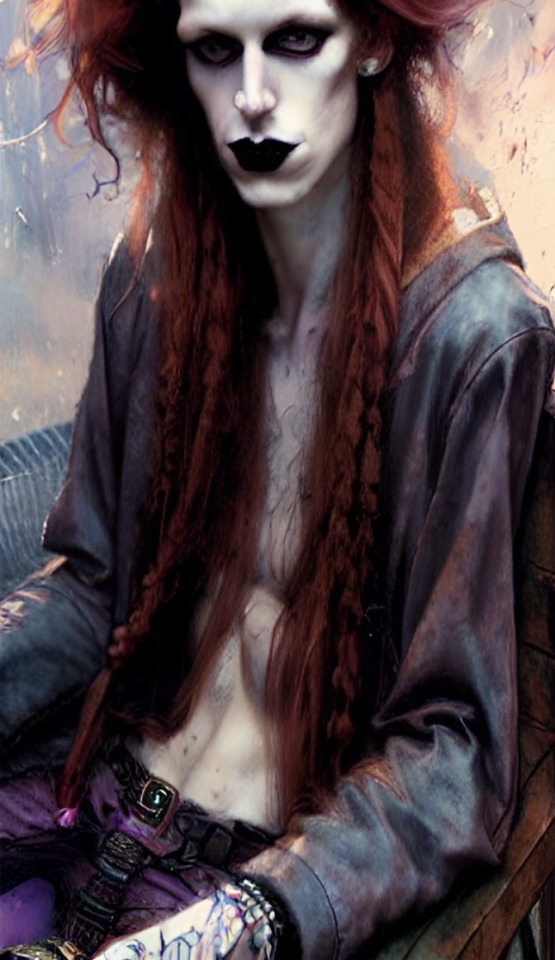
Speaking of goth. When I first started down this path two and some years ago, Loki spoke to me strongly through imagery like the above. The kind of makeshift artistry that was two parts ratty eyeliner, one part faded black dyes, and three parts audio drones of a decade I was born into but barely knew, thus spent the better part of my 20s rediscovering. When I was twenty-six, I got real good at spraying my hair into a bird’s nest and praising bands like the Virgin Prunes. Queer. Androgyne. Sexually charged. Yes, I saw all this in Him, too.
85 notes
·
View notes
Text

I love the Gothic I love dark fantasy I love witchcraft I love fairies I love delving into the psyche
9 notes
·
View notes
Text
gothic horror is great because it’s like what if there was a house. and a family lived in it. would that be fucked up or what?
9 notes
·
View notes
Text
“Today I will go to wait for her again, because I cannot help it, because my whole being seems now to be bound up in the being of one so different from myself and yet so exquisitely familiar that I can scarely understand what has happened.”
—The Historian, Elizabeth Kostova (2005)
15 notes
·
View notes
Text
Chamber, dark as smoke,
red flicker of coal spark,
above, the racing clock.
— Herman Gorter, Poems of 1890: A Selection, (2015)
2 notes
·
View notes
Text
what are your intense interests atm? tag with yours and don't try to sound cool I know you're all pieces of garbage
2 notes
·
View notes
Text
One of the most notable changes in more recent representations of Gothic monstrosity involves a shift in sympathies and perspectives. While Mary Wollstonecraft Shelley’s Frankenstein (qq.v.) was probably the first to invite sympathy for the monster, to allow him to speak and explain the origins of his monstrous behaviour, there is usually little attempt to do this in most eighteenth- and nineteenth-century Gothic. Modern criticism may rewrite such figures as the vampire (q.v.) as heroic rebels against conformity and repressive moral systems, but Stoker’s Dracula (qq.v.) actually offers little encouragement for readers to align themselves with this monstrous force. In recent Gothic, Fred Botting observes, however, monstrous figures are now much ‘less often terrifying objects of animosity expelled in the return to social and symbolic equilibrium’. Instead, they are ‘sites of identification, sympathy, and self-recognition. Excluded figures once represented as malevolent, disturbed, or deviant monsters are rendered more humane while the systems that exclude them assume terrifying, persecutory, and inhuman shapes’ (Botting 2002: 286).
David Punter, Glennis Byron, from The Gothic
3 notes
·
View notes
Text
Bella and Edward’s Relationship and Romance/the Gothic
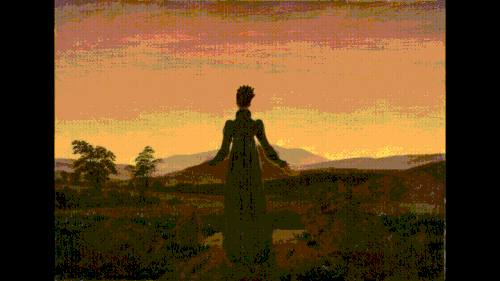
Image by Caspar David Friedrich, Woman Before Rising Sun, ca. 1818, oil on canvas (Wikimedia Commons)
SUMMARY
In the world where Bella and Edward live, they are hallucinations instead of visions. In the world where the are characters in a fictional tale, Bella seeing Edward in New Moon are projections of her strongest desire and visions are vivid mental images made of impressions from physical faculties (sight, hearing, tastes, etc.), so Bella's hallucinations are "visionary" in that sense.
Bella's hallucinations (because they are hallucinations and not visions at all) are only auditory in the book New Moon. Bella mentions repeatedly that she knows that these are hallucinations--she welcomes them nonetheless because they allow her to sense Edward even if she knows her subconscious is supplying this to her during her "withdrawal" stage. It continues a theme in the first book, where Eddie says to her that her blood/presence is like a drug of sorts, tempting him to drink and destroy her to experience the best spiritual-physical feeling he'll ever have as a vampire. They are each other's "drug" and temptation as well as each other's only saving grace. As Meyer writes it.
For Bella-as-tweaked-Romantic character, Edward is with the wondrous "otherworld" of vampires, werewolves, and strange "gifts", the extremity of emotions and the height of energy that this world brings to someone as fragile yet stubborn and yearning as Bella is. Because Bella is meant to be a character who achieves some sort of inner, spiritual completion through her transformation into a more powerful being. That’s the artistic vision.
Bella is a strange person in that she is conscious of how dumb and possibly self-destructive most of the things she does for Edward are. As a character, she is willing to risk that self-destruction on the belief that her Jesus-like lover will pull her through or that she will experience his transcendental presence.
One thing about the Gothic and Romantic genres is that both deal with themes of experiencing something called "the Sublime" or otherworldliness. The "sublime" is "the quality of greatness, whether physical, moral, intellectual, metaphysical, aesthetic, spiritual, or artistic. The term especially refers to a greatness beyond all possibility of calculation, measurement, or imitation." To do so means that you've gained a sort of supreme, independent power and/or finally satisfies the ever-curious or/and return to a state of eternal, complete contentment/happiness. Edward is sublime to Bella, and Bella is sublime to Edward.
#twilight#bella x edward#edward x bella#the gothic#the sublime#the romantic#the romantics#european literature#american literature#british literature#new moon#eclispe
3 notes
·
View notes
Text
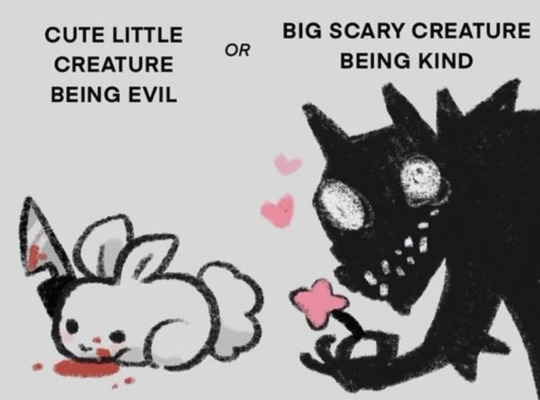
#funny#lol#haha#humor#meme#memes#dank memes#dark academia#light academia#chaos academia#art#draw#drawing#artists on tumblr#grunge#soft grunge#goth#gothic#witchcore#witchblr#witch#dark humor#animals#bunny#bunnies#pale#alternative#words#quotes#books
115K notes
·
View notes
Text
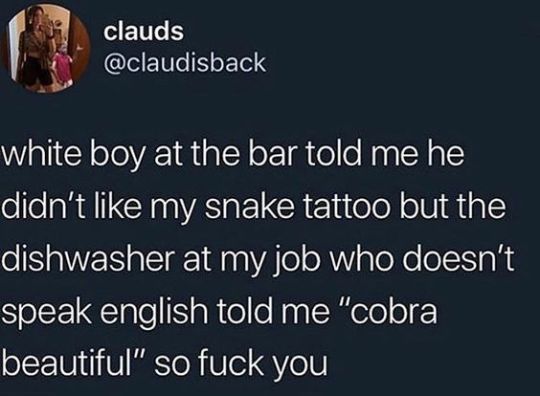
91K notes
·
View notes
Text
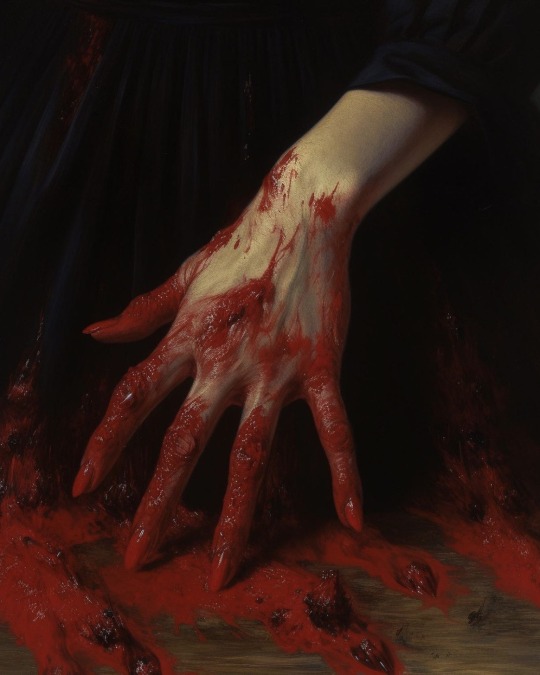
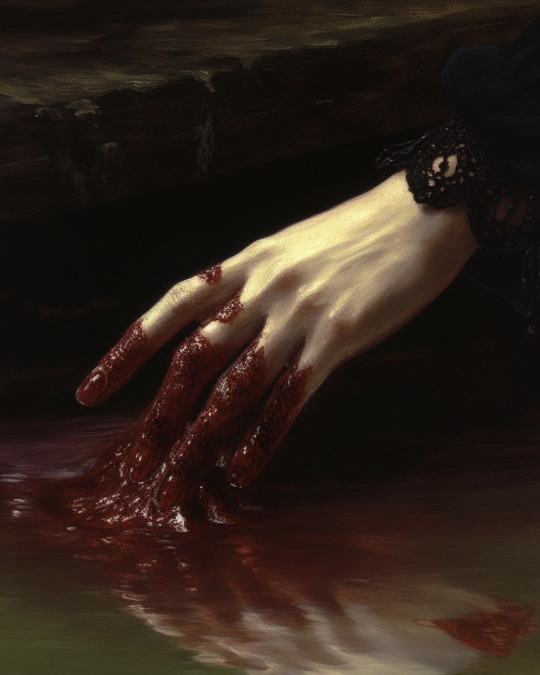
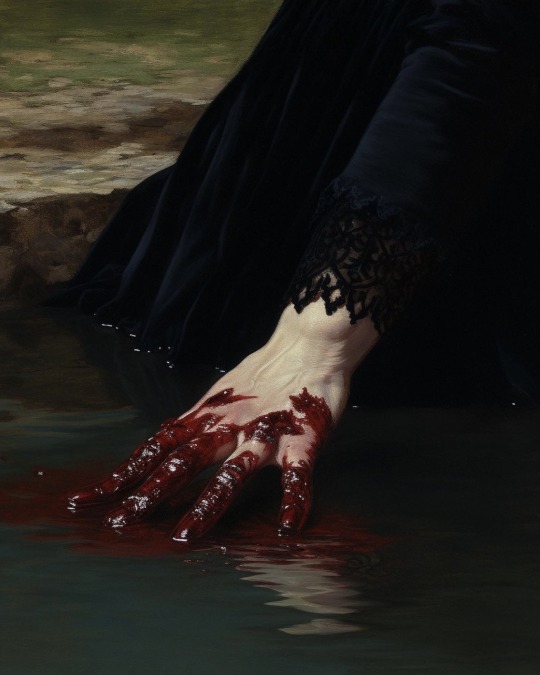




Wounds of the Earth
— by xis.lanyx
#painting#art#dark art#dark academia#classic academia#goth#gothic#artblr#classical art#art gallery#academia aesthetic#aesthetic#vampire core#vampire#vampires#vampire aesthetic#vampirecore#vampcore#artist#illustration#illustrating#illustrations#artists
74K notes
·
View notes

